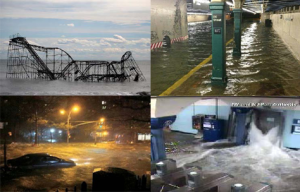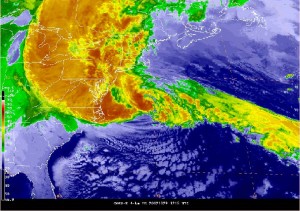When storms approach, many of us prepare for the worst. Shelves at grocery stores are barren, gas pumps are tapped, and generators are sold out. Meanwhile, large organizations have people dedicated to Business Continuity Planning (BCP) and Disaster Recovery (DR). In between, small and medium-sized businesses (SMB) brace themselves for not only the physical effects of emergencies and disasters but also to try to supply and service the communities that they are a part of.
Interestingly, large organizations have the resources to maintain readiness and often have multiple locations which diffuse the impact of a disaster, and individuals can relocate to safer areas given enough warning, but SMB’s have very limited options, especially if they are brick-and-mortar. They can’t move out of the path of a storm or disaster, and the accessibility of the products and services they provide is inversely proportional to the severity of those events.
. While we cannot assume the only reason those businesses close is because of the disaster, it’s enough to warrant a conversation on what happens between disasters.
While some local businesses struggled to attract customers who were dealing with their own recovery efforts, there were instances of businesses doing their creative best to attract business and keep their doors open.
For example, some restaurants in NYC that were able to stay open saw a spike in patrons when electricity was knocked out on the other side of town and people couldn’t cook for themselves. Many NYC restaurateurs went social and published availability and specials to Eater.com for an impromptu “Ultimate Hurricane Sandy Dining Guide to NYC” http://goo.gl/Po6Xjk
GOES-E infrared satellite image of Sandy at 1215 UTC 29 October 2012, near its secondary peak intensity. [National Hurricane Center][/caption]It’s now axiomatic that people turn to social media and the internet in general to find where to go to feed themselves and find other necessities. Businesses have started to take advantage of this opportunity as they struggle to keep themselves afloat, both literally and figuratively, after surviving a disaster.
Employee Issues
Even businesses that faired well in terms of their customers will have been part of the 47% affected by employee issues (same survey) during or after the storm. Whether they were stuck with no means of transportation, or needed to watch children that were normally at school, many employees couldn’t make it to work, and businesses were either short-staffed or completely unable to open.
Supplier Issues
To make matters worse, 44% of businesses were impacted by supplier issues and were either unable to receive merchandise and supplies or fulfill and ship existing orders http://goo.gl/HPXeSS.

So what can businesses do to prepare for severe weather?
Create and regularly revisit a working emergency action plan. FEMA’s web site has many helpful ideas: http://www.ready.gov/businessTrain employees and make sure they understand procedures and protocols during an emergency. Exercises and drills are great tools for educating and preparing employees.Provide explicit business continuity procedures in the emergency action plan, including important contingencies such as alternate operating locations, backup vendors and suppliers in other regions, and remote working strategies.
Remember, National Preparedness Month is every September, but having a solid plan to weather any storm is an everyday effort. It’s never too late to get ready. Businesses that are looking to develop a preparedness program can find excellent suggestions and example plans at http://www.sba.gov/prepare








